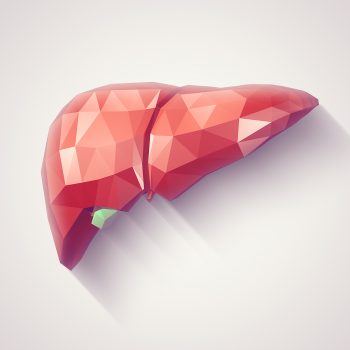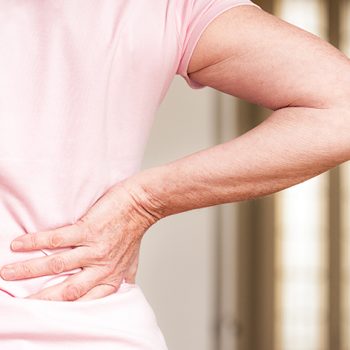A small bag, about ten centimeters long, essential for digestion, can in some cases be surgically removed. It is the gallbladder and the intervention performed to remove the organ is referred to as cholecystectomy. The main cause that makes it necessary to contact a surgeon is biliary calcifications or gall stones. We discuss this topic with Dr. Stefano Bona, Head of the General Surgery and Day Surgery Department at Humanitas.
The calcifications
The gallbladder, placed under the liver, is the deposit of bile, the substance produced by the liver and stored here before being placed in the intestine. During digestion, in fact, this viscous liquid is released through the common bile duct, entering the duodenum, the first part of the small intestine.
Bile consists predominantly of water, bile acids, phospholipids and cholesterol. When some of the bile-forming substances solidify, calcifications are formed in the gallbladder. These can be variable in size, sometimes reaching the size of a golf ball, and their presence can be associated with a symptomatology in which abdominal pain is relevant (in the upper right part), which can also radiate to the back. On the other hand, in other cases the presence of gallstones can be silent, therefore without symptoms. The calcifications may obstruct bile pathways. In this case, the symptoms are more severe: in addition to pain, fever and jaundice may also occur.
Among the risk factors that may increase the likelihood of the onset of gallstones there are some that cannot be modified, such as being a woman, old age or pregnancy and other modifiable risk factors associated with lifestyle, starting a diet rich in fat, being overweight and obesity. Family history of gallstones is also an important element to consider.
Cholecystectomy
The list of symptoms and conditions of the patient affected by biliary calcification will be decisive in defining the treatment. If gallstones are detected but the patient does not experience any symptoms, the situation will be monitored while in the presence of symptoms and in the case of gallbladder inflammation, the treatment will probably be surgical.
Cholecystectomy is an effective and safe procedure, performed under general anesthesia, with a very low risk of complications. It is generally performed through laparoscopy, with the insertion of surgical instruments and a micro-camera through four small holes in the abdominal area.
Is cholecystectomy performed only for gallstones or can it be used for other diseases? “Rarely – Dr. Bona replied – the gallstones are removed due to the presence of polyps, which are considered relevant if they are larger than 1 cm or if the ultrasound reveals a rapid increase in number or size. There are even more rare cases of gallbladder tumor, which may also require the removal of a portion of the liver adjacent to the gallbladder and the surrounding lymph nodes. However, it is an operation that cannot be performed through laparoscopy.
What happens to a patient without a gallbladder? “Usually the patient does not perceive any change in his digestive or intestinal habits. Diarrheic discharges can rarely occur after meals, but usually this phenomenon is transitory and limited to the early stages after surgery”.
Which patients are not allowed to undergo this procedure and how do you proceed? “The cholecystectomy intervention, especially if performed through laparoscopy, is considered low risk and therefore it is rarely contraindicated. In very elderly or seriously ill patients, the indication should be made by carefully assessing the benefits and risks. If you decide not to operate the patient, in the presence of gallstones it is advisable to maintain a fat-free diet; in some cases (small stones or bile mud) it may be useful to prescribe medications that help to additionally liquefy the bile,” concludes Dr. Bona.










